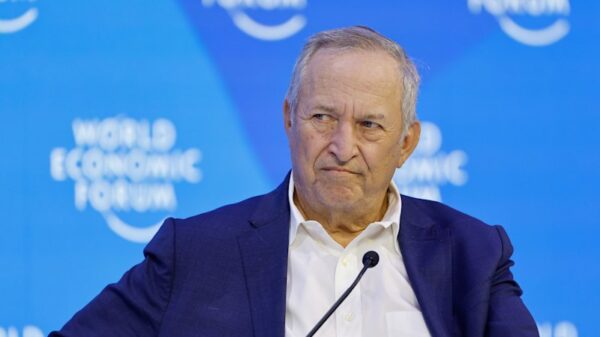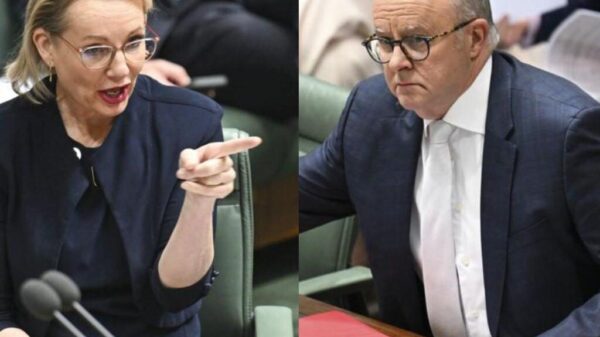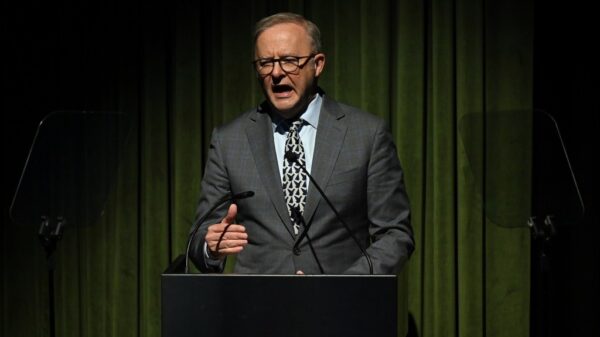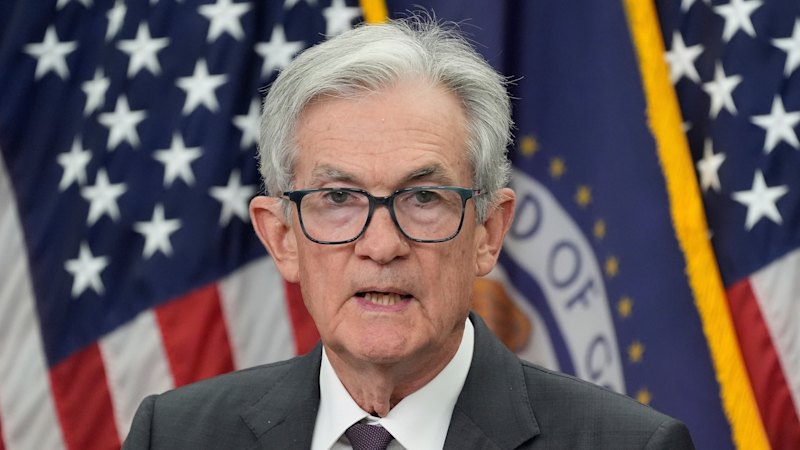UPDATE: The US economy has just reported a shocking addition of 73,000 jobs for July, revealing a significant downward revision of nearly 258,000 jobs for May and June, according to the latest data from the US Bureau of Labor Statistics. This disappointing growth, the worst since the pandemic, is raising urgent questions about the Federal Reserve’s monetary policy as pressures mount on Chairman Jerome Powell.
The grim numbers signal a troubling trend, with the last three months averaging only 35,000 jobs added per month. This situation is not only alarming for the job market but also complicates the Fed’s upcoming decisions regarding interest rates. As economic uncertainty looms, analysts are now closely watching the upcoming August jobs report, which could be pivotal ahead of the September 17 Federal Open Market Committee meeting.
Prominent economists are weighing in on the implications. Derek Holt from Scotiabank remarked, “The impact of the economic uncertainty driven by the Trump administration’s policies on the labor market is suddenly becoming much clearer.” He suggests that if these figures hold up, it reflects more of a “Trump effect” rather than a Powell effect, questioning the recent monetary policy changes.
Meanwhile, Albert Edwards of SocGen tweeted, “US non-farm payrolls disappoint,” pointing to not only the underwhelming 73,000 rise in July but also the “savage” downward revisions of 258,000 for the previous two months. The Fed is “going to get hammered” as these numbers unfold.
Former Boston Fed president Eric Rosengren emphasized the need for more data, stating, “We are seeing early impacts of policy shocks.” He warned that both inflation and payroll data may worsen, creating uncertainty around the Fed’s next steps.
Further complicating matters, Goldman Sachs has adjusted its estimate of job growth to just 28,000, while Wells Fargo’s Sarah House predicts the Fed will shift towards a more neutral monetary policy stance to address the dual risks of employment and inflation.
The upcoming weeks are crucial. The Fed will have one more employment report and two CPI reports before the September meeting. With the impact of tariffs gradually affecting consumer products, any unexpected inflation data could create a dilemma for the Fed, leading to potential rate cuts sooner rather than later.
Economist Mohamed El-Erian emphasized the fragility of the labor market, stating, “If the August jobs report delivers a similar downside surprise, the policy conversation could transition from a ‘no cut’ to a ’25 or 50 basis point cut’.” He noted that the current three-month moving average for job creation is the lowest since June 2020, intensifying scrutiny on the Fed’s strategic approach.
As analysts like Seema Shah highlight the significant downward revisions, the picture of labor market robustness is becoming increasingly shaky. She pointed out the negative impact of tariffs is just beginning to show, indicating that further evidence of a slowdown may emerge in the coming months.
The consensus among experts indicates that the odds of a rate cut in September have increased dramatically. Jamie Cox from Harris Financial Group stated, “September is a lock for a rate cut, and it might even be a 50-basis point move to make up for lost time.” The downward revisions reflect growing stress on the economy, particularly within sectors most impacted by trade policies.
In summary, the latest jobs report reveals a troubling downturn in the US labor market, raising urgent questions about the Fed’s response as it navigates a complex economic landscape. The coming weeks will be critical as policymakers assess the implications for interest rates and economic stability. Stay tuned for updates as this developing story unfolds.



























































